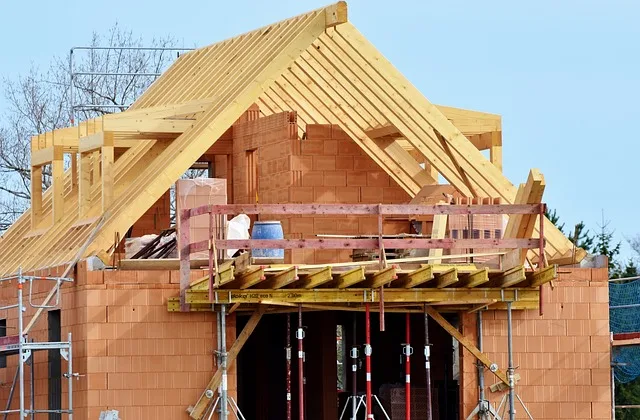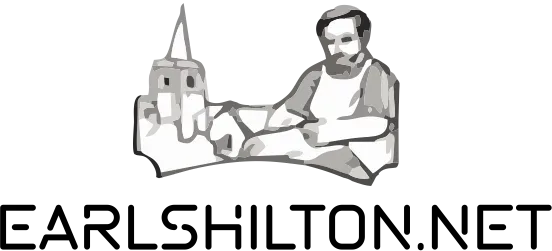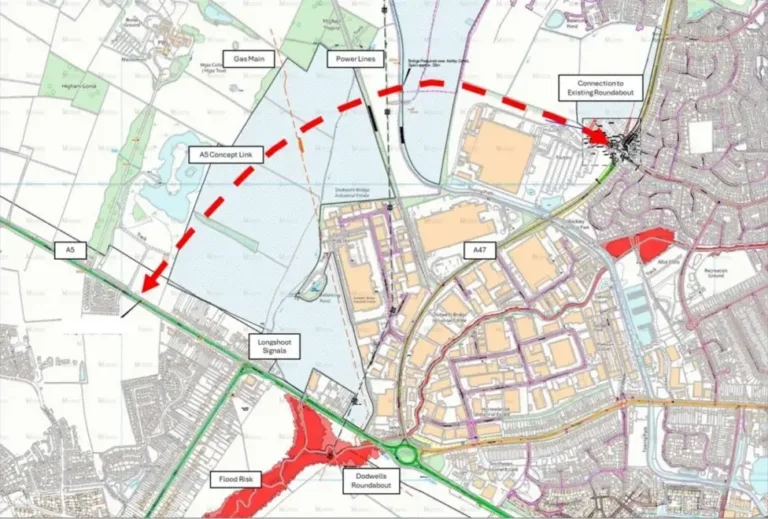
Fields and paddocks in a Leicestershire village’s “green wedge” will be turned into housing after a government inspector overturned a council’s decision to refuse planning permission. The 27-acre site, near Earl Shilton, will now see 95 homes built on it after Redrow Homes won its appeal.
The land, off the Common in Barwell, had been designated as “green wedge” by Hinckley and Bosworth Borough Council (HBBC) in an effort to maintain a separation between Earl Shilton, Barwell, Hinckley, and Burbage. The council had refused planning permission for the latest version of the scheme last year, having previously won two appeals for the site—one in 2018 against an application by land promotion company Gladman Developments, and another in 2023 against Harrow Estates, which is part of Redrow.
However, in his ruling last month, inspector David Murray stated that the plans “would not materially spoil the value of the green wedge in visual terms,” though he acknowledged it would “erode the physical extent of this open area.” He justified the approval by citing a “material shortage” in the number of new homes in the area, which he said was worse than when the previous application was refused in 2023.
Murray partly attributed the shortage to delays in two sustainable urban extensions planned for the borough, including one in Earl Shilton. He noted that while the council had recently granted outline permission for part of the housing growth at Barwell, the development was originally expected to be completed by 2026. The delay in these projects has put additional pressure on local housing needs, making developments like the one near Earl Shilton more likely to be approved.
At HBBC’s most recent planning committee meeting, Chris Brown, head of planning, acknowledged the council’s previous success in defending appeals for the land but remarked that “in this case, the inspector had a different view.” Council leader Stuart Bray described the decision as a “warning to us all really about the way of the world today in terms of this Government’s agenda.” He argued that increases in the number of homes each council is expected to provide were responsible for the outcome, stating, “I just think that this is going to be unfortunately the way of the world, and I think that frankly it’s madness.”
The council had received 13 objections from members of the public regarding the application, with concerns raised over the loss of green space, incursion into the green wedge, traffic congestion, and strain on local services and facilities. A report by planning officers noted that the eastern part of the site would be set aside as green space for residents, including a play area and a circular walk.



